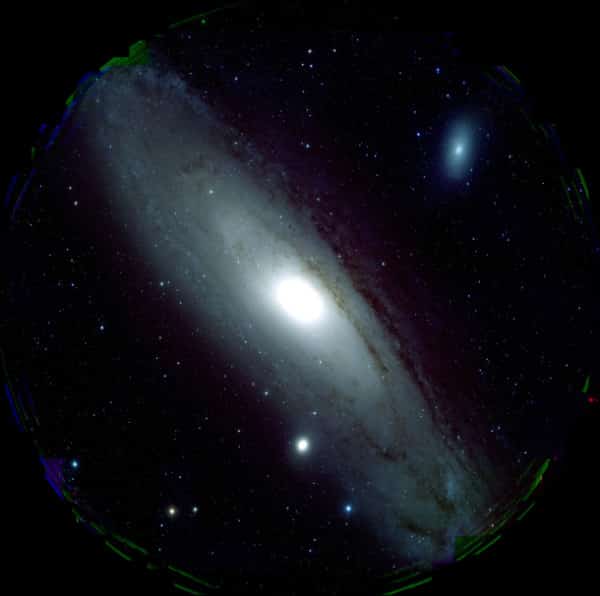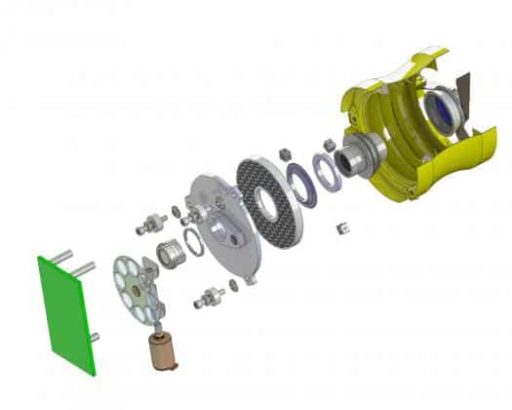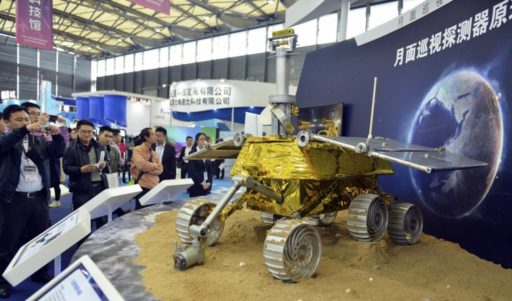The Andromeda Galaxy is a spiral galaxy which is approximately 2.5 million light-years (2.4×1019 km or 14,696,563,432,959,020,000 miles) away from the Earth in the Andromeda constellation. Lately, astronomers have captured a sensational high-resolution image of the Andromeda galaxy via Hyper Suprime-Cam (HSC) on the Subaru telescope from the Earth.
The Andromeda Galaxy is the nearest spiral galaxy to our Milky Way galaxy. It is the largest galaxy of the Local Group. It is estimated to be 7.1×1011 solar masses. This galaxy contains one trillion stars, which is at least twice the number of stars in the Milky Way galaxy, which is estimated to be 200–400 billion. The Andromeda Galaxy is one of the brightest Messier objects,making it visible to the naked eye on moonless nights. Although it appears more than six times as wide as the full Moon when photographed through a larger telescope, only the brighter central region is visible to the naked eye or when viewed using binoculars or a small telescope.
However, researchers from the National Astronomical Observatory of Japan have captured a superb image of the Andromeda Galaxy using a 26 feet long telescope named Subaru Telescope, which is located atop Hawaii’s Mauna Kea volcano. Subaru Telescope weighs 3-ton and comes with 870-megapixel still camera called the Hyper-Suprime Cam (HSC), which features an extremely wide 1.5-degree field of view. The camera contains multiple lenses around 2.6-feet in diameter.
By analyzing galaxies that are gravitationally lensed, astronomers can study how much matter is in the universe, and better understand its invisible component, dark matter. They also hope to probe the strange entity, called dark energy, that is causing the expansion of space to accelerate.
Now, astronomers have planned to use the Subaru Telescope to observe hundreds of millions of galaxies, specifically analyzing the various arrangements of each and further exploring the effects of gravitational lensing.
Source: Space.com
[ttjad keyword=”dslr-camera”]



